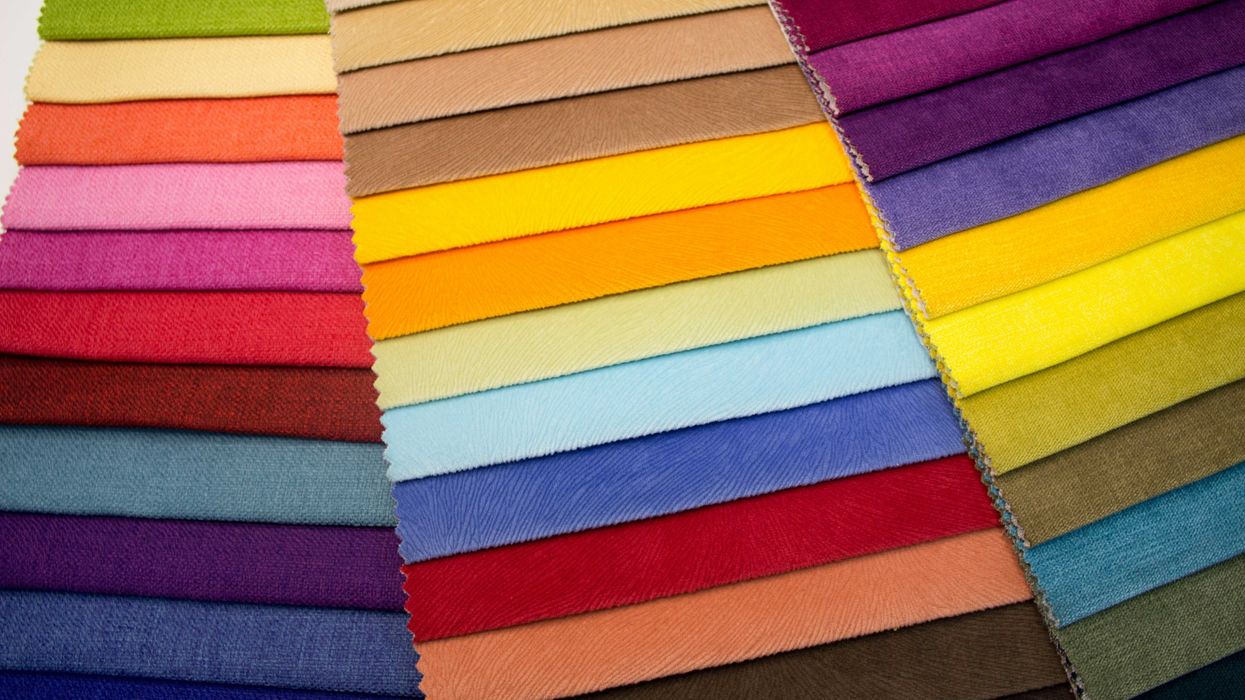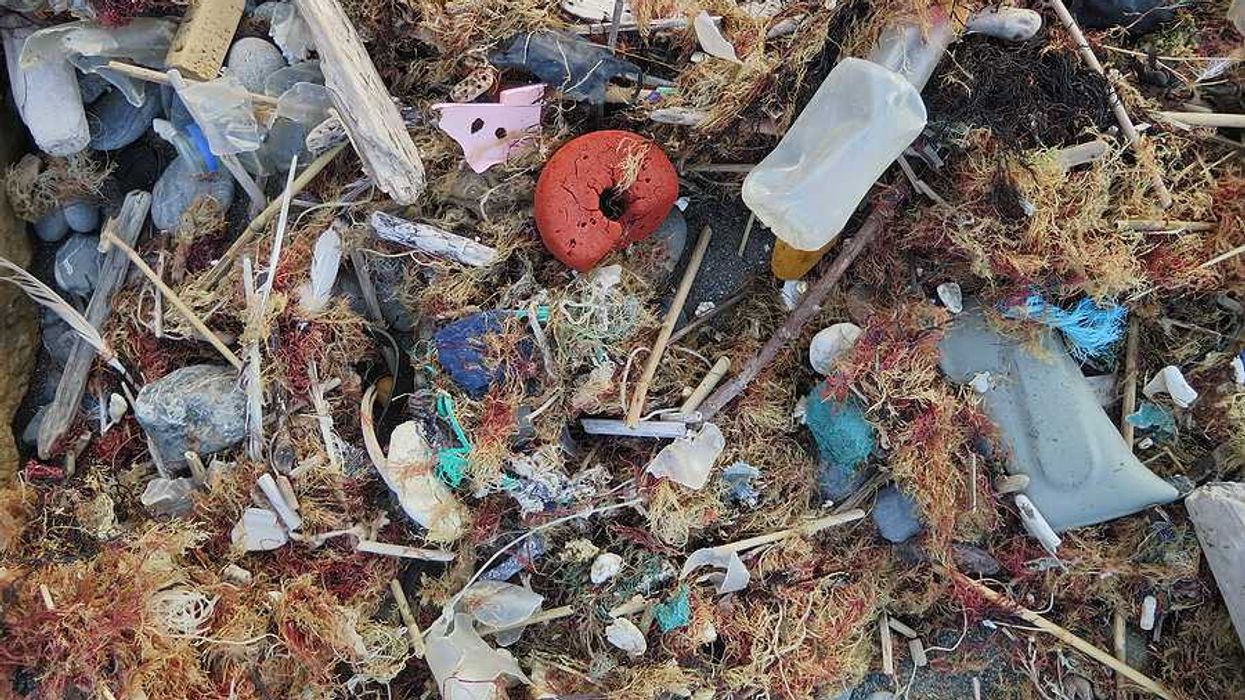Fast fashion is significantly contributing to environmental pollution through microplastics from synthetic clothing.
Meredith Bruckner reports for CBS News.
In short:
- Experts highlight that cheap, synthetic clothing sheds microplastics, contaminating water and land.
- The "More Life, Less Stuff" campaign encourages consumers to buy higher-quality, pre-owned, or natural fiber clothing.
- Producing clothing, especially synthetic, uses vast resources; a single cotton t-shirt requires 713 gallons of water.
Key quote:
"A lot of the clothing these days, especially cheaper clothing, is synthetic. A lot of it is polyester. It is a plastic. People don't always think of fabrics as plastic, but they are plastic fibers unless it's a natural material. And the synthetic fabrics are particularly bad at shedding microplastics."
— Gillian Miller, Ecology Center
Why this matters:
Microplastics from synthetic clothes pose significant environmental risks, entering waterways and impacting marine life. Choosing sustainable clothing can reduce pollution and conserve resources.














